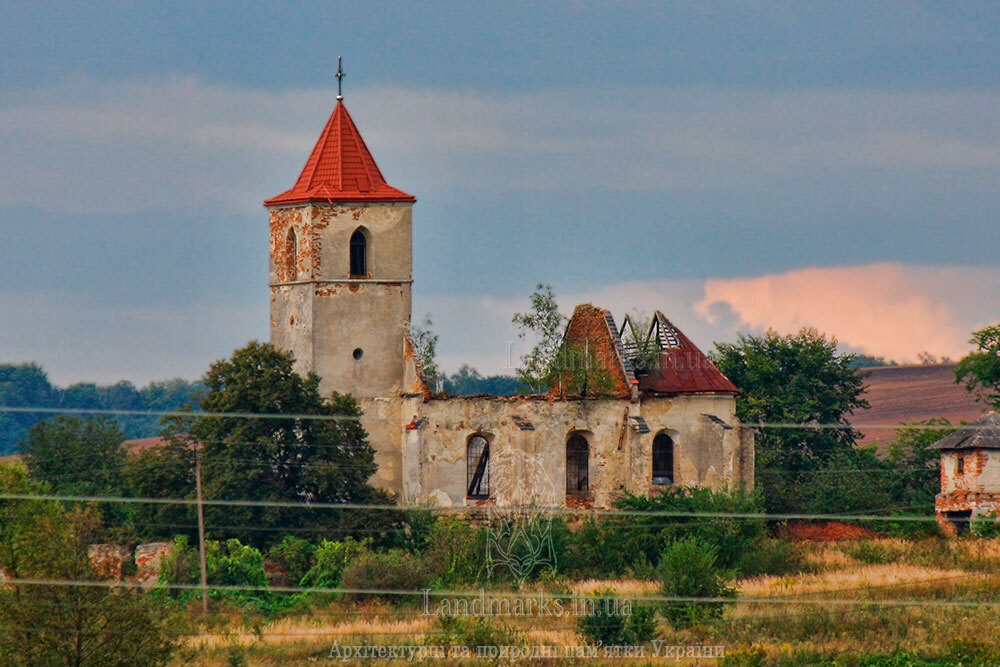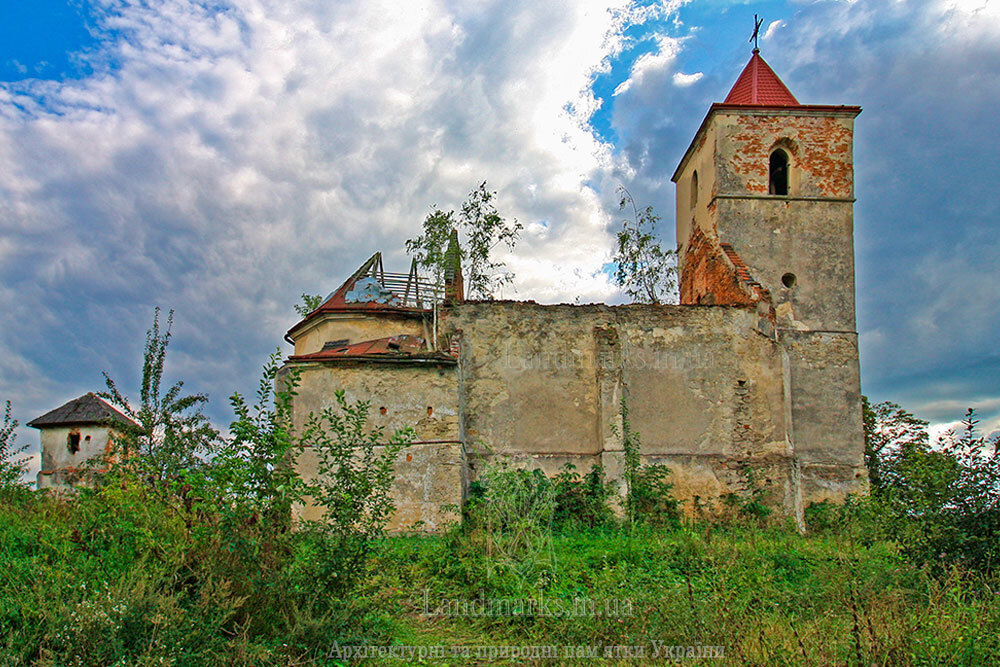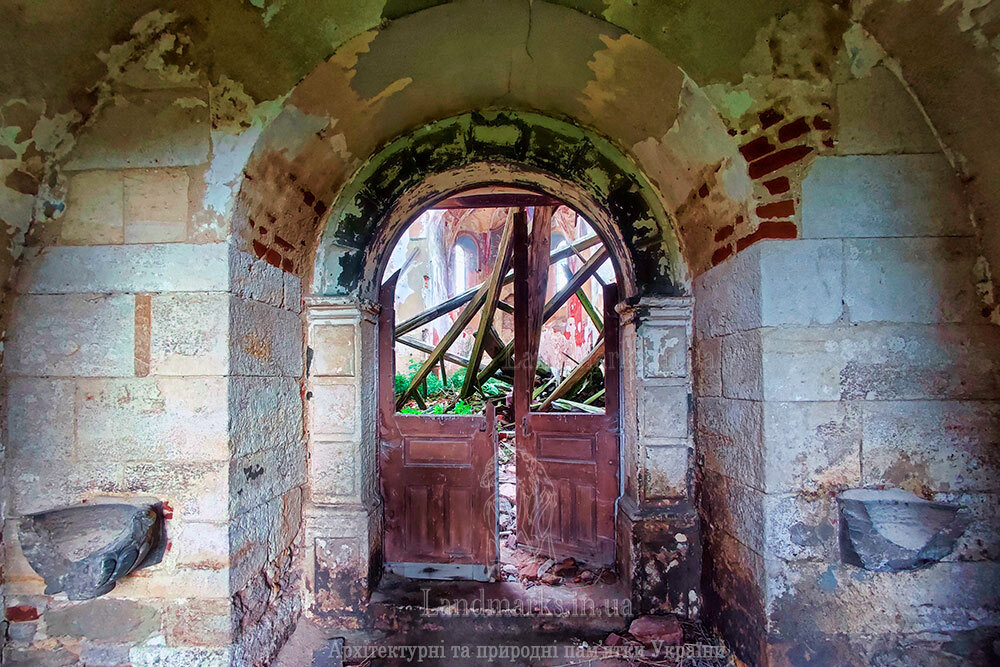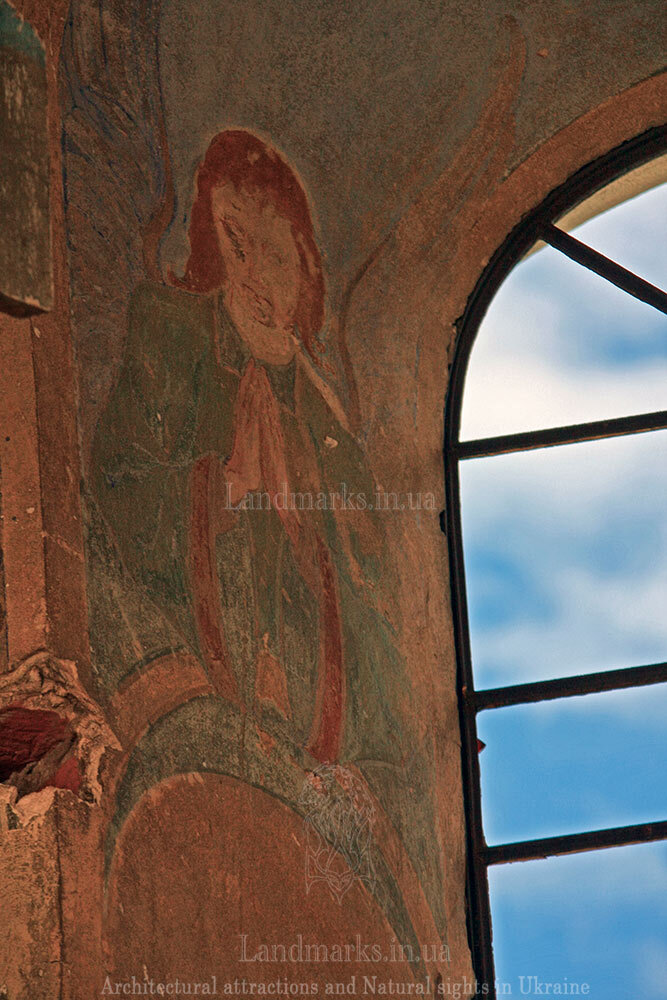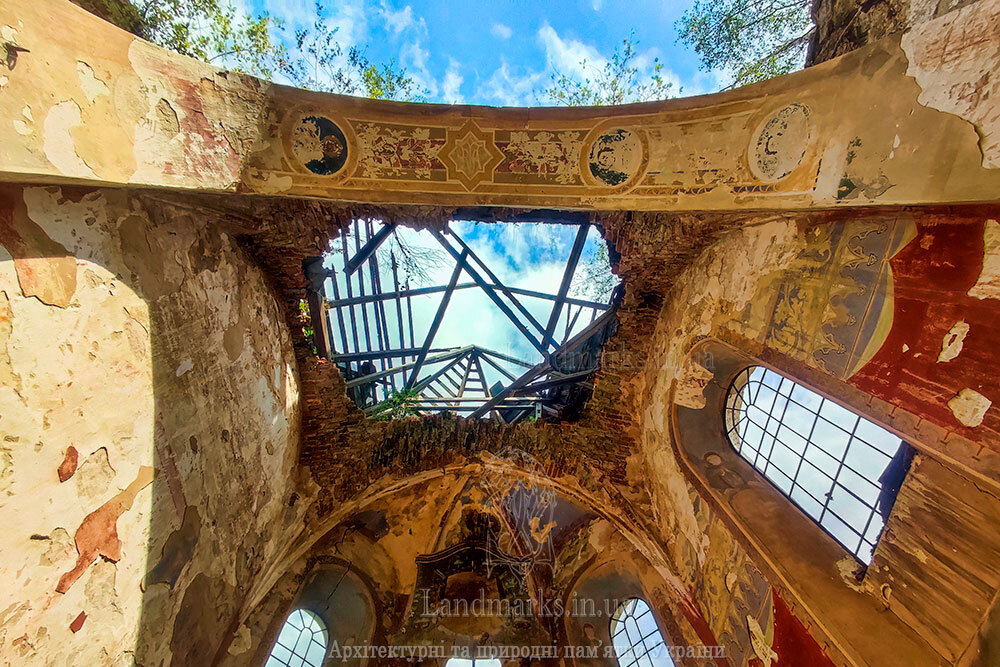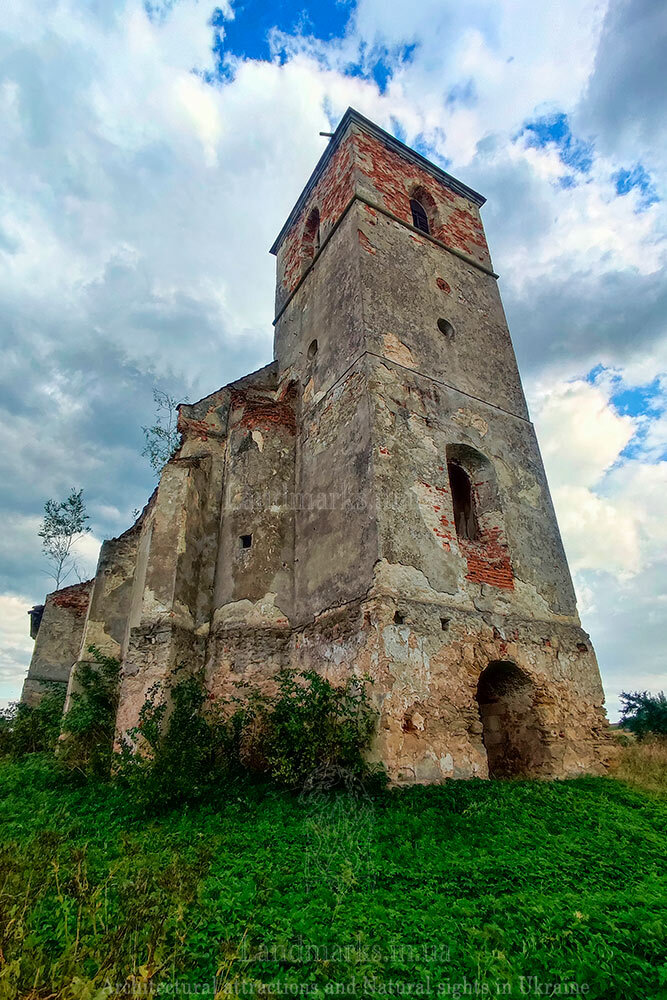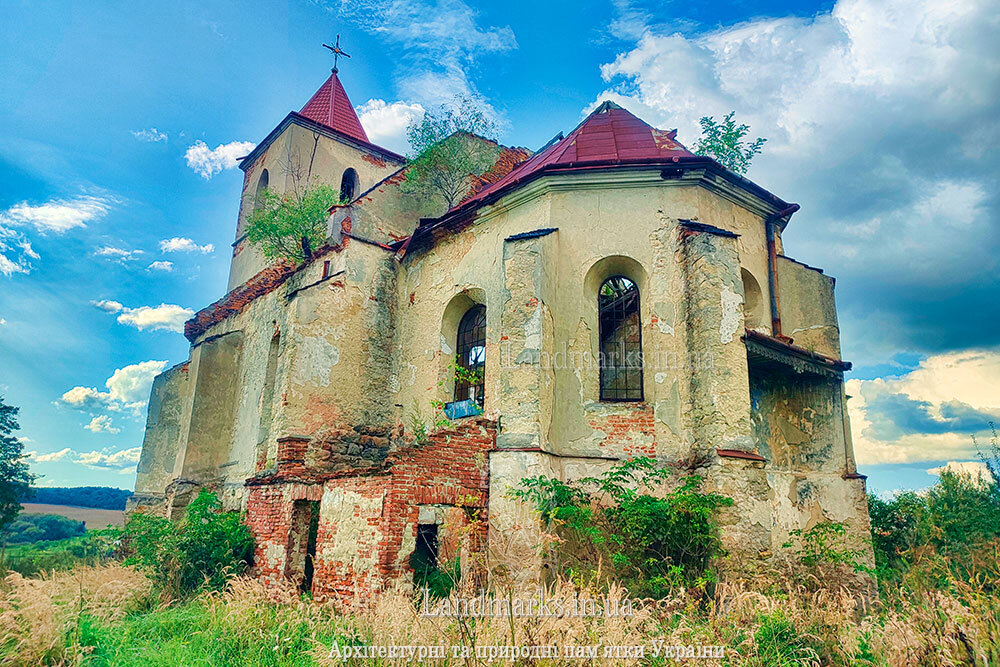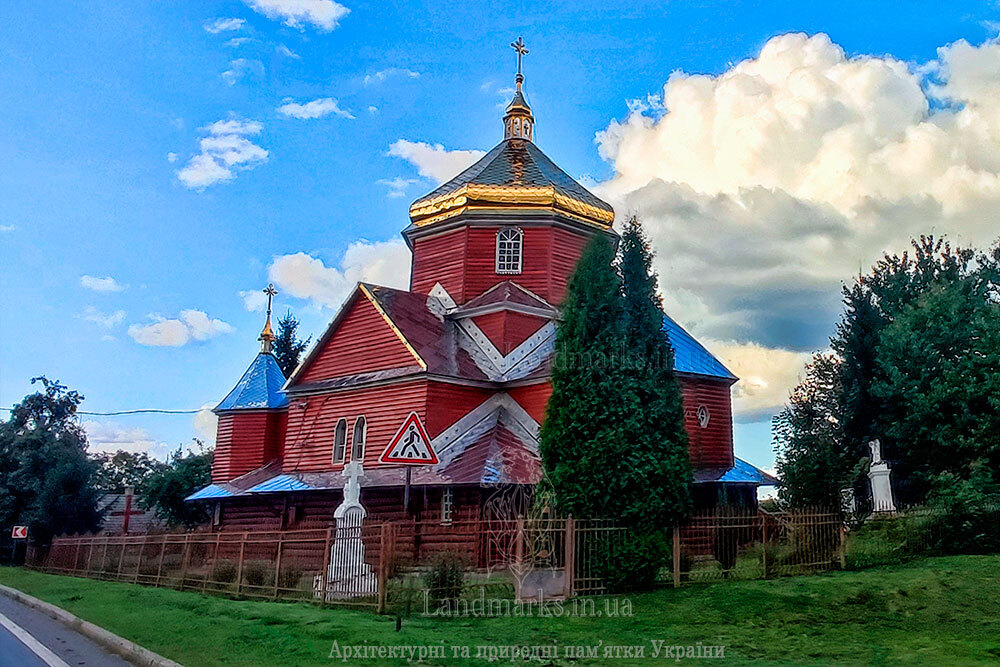 What's interesting to see in Sokolivka - the fortified catholic church!
What's interesting to see in Sokolivka - the fortified catholic church!
In the Lviv region, as well as in Ternopil region, there are many abandoned ancient churches that are in a state of ruin. It is painful to understand that we may lose a part of Ukraine's architectural and historical heritage. Sokolivka is not just a simple Catholic church - it is a 400-year-old fortified church. Unfortunately, this object is also in a critical condition.
Sokolivka also has a wooden church built in 1924.
Fortified catholic church of the Holy Trinity
The church in Sokolivka was built in the last decade of the 16th century and was finished in 1600. The process was started by the owner of Sokolivka, Anna Seniavska. By the way, at that time the town (and it was a town) was named Seniav.
In 1648, the church was plundered and burned by Cossacks.
The church was bordered by a stone and brick wall with probably four towers on the corners. Two of them are in ruins, the rest are gone. The church complex also included a gate tower through which one could enter the territory. It was the main entrance. Later it was rebuilt and its new version can still be seen today. The second entrance was located in the north wall as a side gate, and it has not been preserved.
The church has a tall bell tower. This was unusual for Catholic churches in Galicia in the Middle Ages, which points to the fortified nature of the building.
Overview of the church's architecture:
The church is built of stone with brickwork. It has a single nave with a massive square western bell tower. The church is oriented with the altar part to the east.
The church is plastered. The church building is fortified with ten buttresses. Rectangular rooms are attached to the altar part. One is two-story and larger than the other one-story.
The top of the bell tower is tent-shaped. The crest of the gable roof of the church was decorated with an octagonal signature with lancet windows on each side and a hipped end. There was a wooden roof (we can see its remains in the photo) between the buttresses of the apse on the east side of the church. Wooden polychrome Crucifix (first half of the eighteenth century) was under the roof.
The main entrance to the church is through a massive rectangular portal with an arched end. The entrance from the narthex to the nave is decorated with rectangular rustication and glyphs.
There is a spiral staircase in a separate room inside the temple. The choirs are still held up by two metal columns with capitals with elements of the Corinthian order.
(Kościoły i klasztory rzymskokatolickie dawnego województwa ruskiego)
The surviving paintings probably date back to the twentieth century, mostly geometric patterns. The monograms "Mary" can still be read in the arch, and the medallions represent saints who are difficult to identify, and we can still see praying angels in the window glyphs. The frescoes of the late eighteenth century, as well as subsequent paintings of the twentieth century, are disappearing into oblivion every year due to the terrible condition of the building.
The last service in the church was held in 1944, and then the priest had to flee to Bibrka from Sokolivka because of a threat to his life from an UPA unit. The priest took some things with him. In early March 1944, UPA soldiers entered Sokolivka. This unpleasant page in the history of relations between the two nations tells the following. The soldiers killed a man who kept the keys to the church, but without getting the keys, they cut down the doors, robbed the church, although they burned some things and set fire to the church's porch
An 18th-century crucifix and an icon of Our Lady of Czestochowa were found and placed in the wooden church of St. Nicholas. Two 18th-century gilded wooden sculptures are kept in Olesko Castle. Now the confessional from Sokolivka is kept in the church of St. Anthony in the village of Kurovychi (Lviv oblast). Some small relics and religious items can be seen in the churches of Khodoriv and Bibrka.
In Soviet times, part of the building was adapted into a fertilizer warehouse. A collective farm machine and tractor station operated on the church yard until the 1990s.
In the 1980s, the red tile roof was replaced with a tin roof, but in about 1999 the church building lost its roof, and, as a result, the decline and destruction of the historic building began. Then the vault of the nave crashed down along with the roof. There are cracks in the nave and the walls of the church, which means a high probability of collapse and, accordingly, a threat to the existence of the landmark!
In the recent years, a garbage dump has been organized nearby ;( It is shame!
It is quite strange, but such a historic four-hundred-year-old building was not on the list of heritage sites, and thus had no protection. Only in 2015, at a meeting of the Advisory Council for the Protection of Cultural Heritage in the Lviv Region under the Department of Cultural Heritage and Cultural Property of the Regional State Administration, was the "newly discovered monument" finally recognized as an architectural monument of local significance. In 2015, the first church service in 71 years was held on the territory near the church. There were also clean-ups to remove garbage and shrubs from the area.
At the beginning of 2018, rescue and repair work was carried out in the church, in particular, the rotten wooden roof structure was replaced with a new, slightly lower proportions, fragments of rusted tin were dismantled, and the roof was covered with metal tiles.
Funding was provided by the Lviv Archeparchy of the Roman Catholic Church in Ukraine, Archbishop-Metropolitan Mieczyslaw Mokrzycki of Lviv, and the Religious Mission «Caritas Spes Lviv Archdioces» ..
The church needs: further research, conservation, preservation of the remaining frescoes, and set a roof to further preserve the landmarks.
A very beautiful view from the sky of the church from the traveler Roman Brechko can be seen in the video below.
Church of St. Nicholas
The wooden church in Sokolivka is situated on the Rohatyn-Bibrka road. It was built a hundred years ago, in 1924, on the site of an older church that was destroyed during the First World War.
